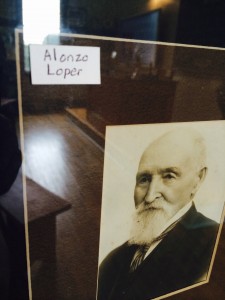
On Sunday we rode up from Beaver Dam to Ripon, a town Roger and I had stopped in two years ago – though it is better known for its claim to being the birthplace of the Republican Party as well as the site of Ripon College. I remembered it as kind of a charming little town with a clutch of interesting old buildings, but two years ago I did not bother to seek out the famed Little White Schoolhouse, where local notables among the Whig, Democratic and Free Soil parties met to discuss and agree upon forming a new party in response to Senate passage of the Kansas-Nebraska Act in 1854.
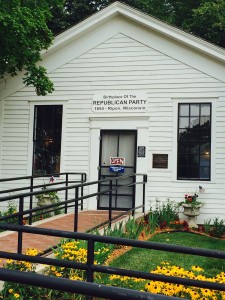
For a modest $2 fee, Rachael and I toured the tiny schoolhouse and learned of its history from a local docent.
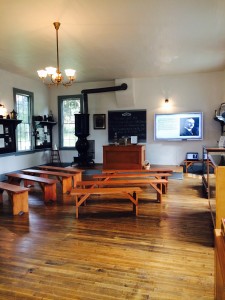
And so, as we were looking at old photographs of the meeting’s attendees, I came face to face with this (pardon the repetition):
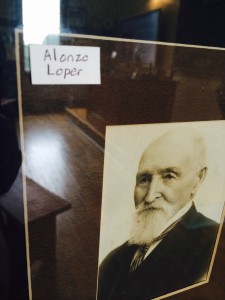
Brian, the docent, informed us that it was unclear whether the photograph was of Alonzo Loper or his father, Amos, but I quite think good Brian was missing the freaking point – was a Loper involved in founding the Republican Party? Could I be related to him?!? Is this why my parents “know” so little of our family history?
Reeling from this revelation, there was only one thing to do. After having a beer at a local tavern with a delightful, friendly couple, Tom and Kim, we sought out the Long House.
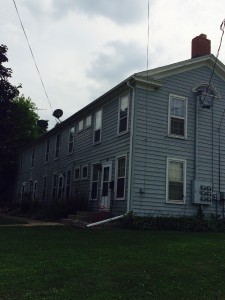
Before there was Ripon, the Little White Schoolhouse and the Republican Party, there was Ceresco, a phalanstery modeled upon the teachings of Utopian Socialist Charles Fourier. Named in honor of Ceres, the agricultural commune held property in common and shared the fruits of their labor. I did not ask Brian whether Ceresco’s members also practiced the free love sharing of bodies as recommended by the good Frenchman.
So Ripon had a fascinating early history (for the record, the residents of Ceresco voluntarily disbanded in part because one of its leading members became so involved in establishing the Republican Party), which is a good reminder of the political ferment this part of the country has long been known for.
My political equilibrium reestablished, we set off back to the motel, which was once again off in the outskirts of the old downtown, which would have been a much nicer place to stay as it looks like this:
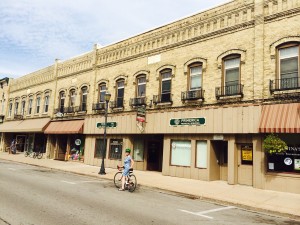
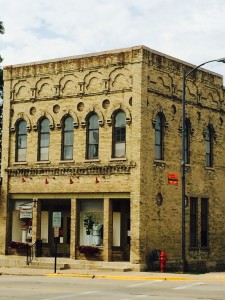
Since it was on the way back to the motel and the supper club we were going to go to, we finally took Lisa’s advice and stopped in at Culvers for some frozen custard (flavor of the day – chocolate Heath chunk [or something like that]). Naturally we went through the drive thru:
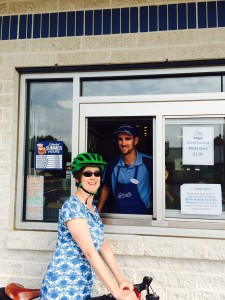
While the custard was quite tasty, the cardiology office next door was a none-too-subliminal heartful caution:
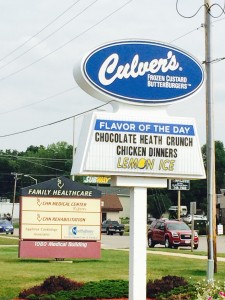
Later that evening, we went to a Wisconsin supper club, thereby completing our fish fry-brat-frozen custard-supper club gastro tour of Wisconsin.
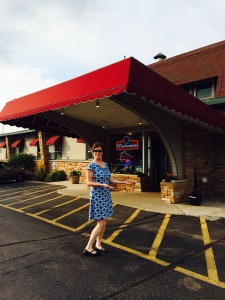
And with several failed attempts to get a decent shot of Sunday’s Super Moon, the third day of our ride came to an end.
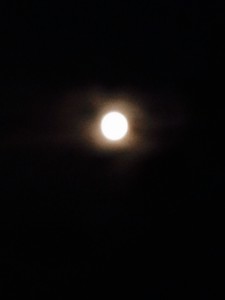


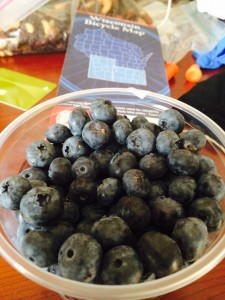
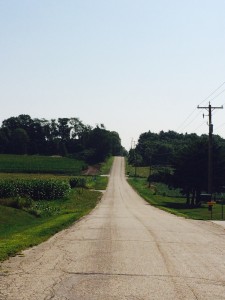
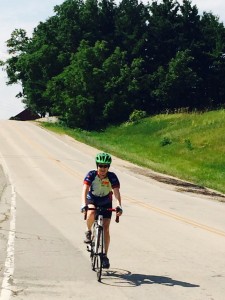
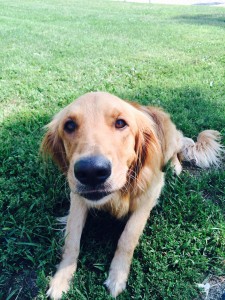
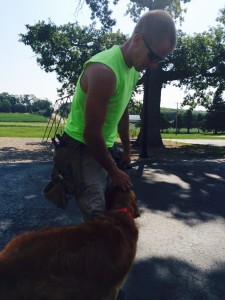
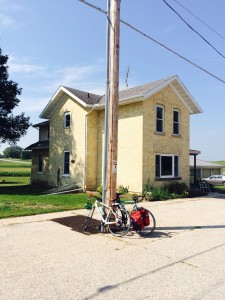
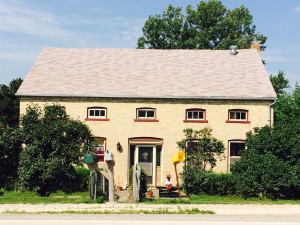
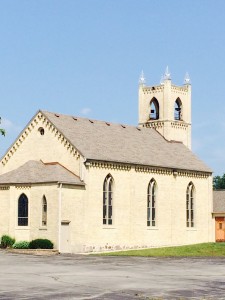
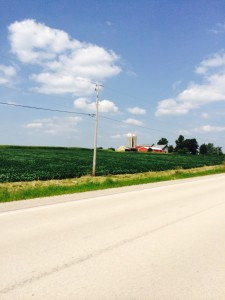

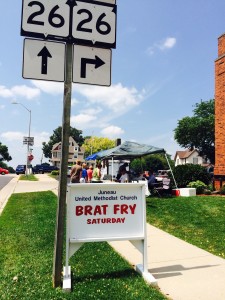

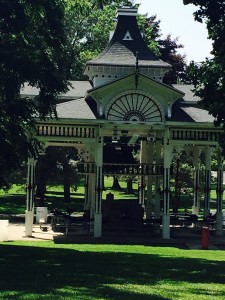
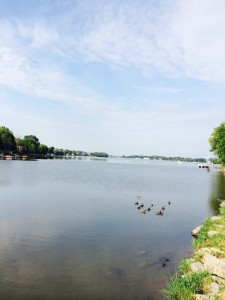
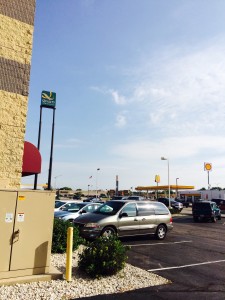
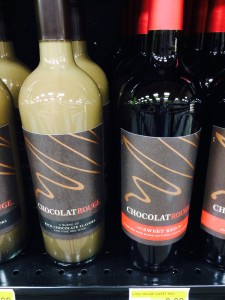
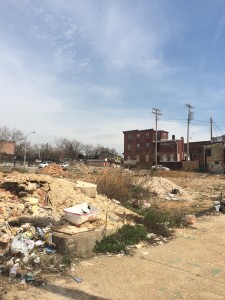
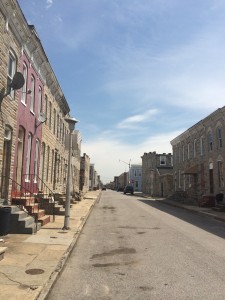

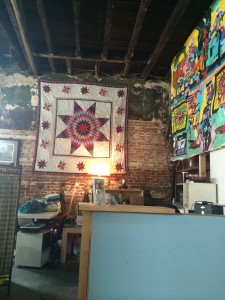
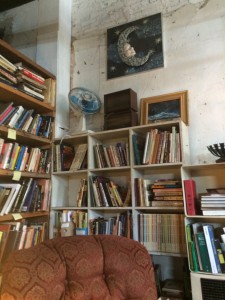
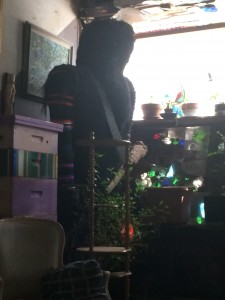

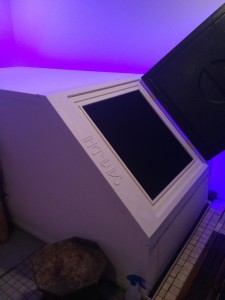
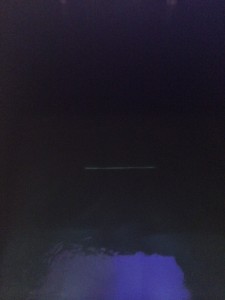
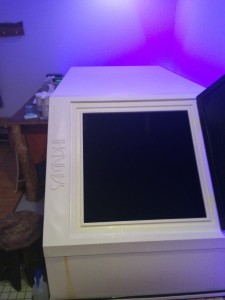


 Born in Baltimore and raised in Cincinnati, I have lived on both coasts and driven back and forth across the country a number of times. I now have the "midlife opportunity" to do so on two wheels.
Born in Baltimore and raised in Cincinnati, I have lived on both coasts and driven back and forth across the country a number of times. I now have the "midlife opportunity" to do so on two wheels.
Recent Comments